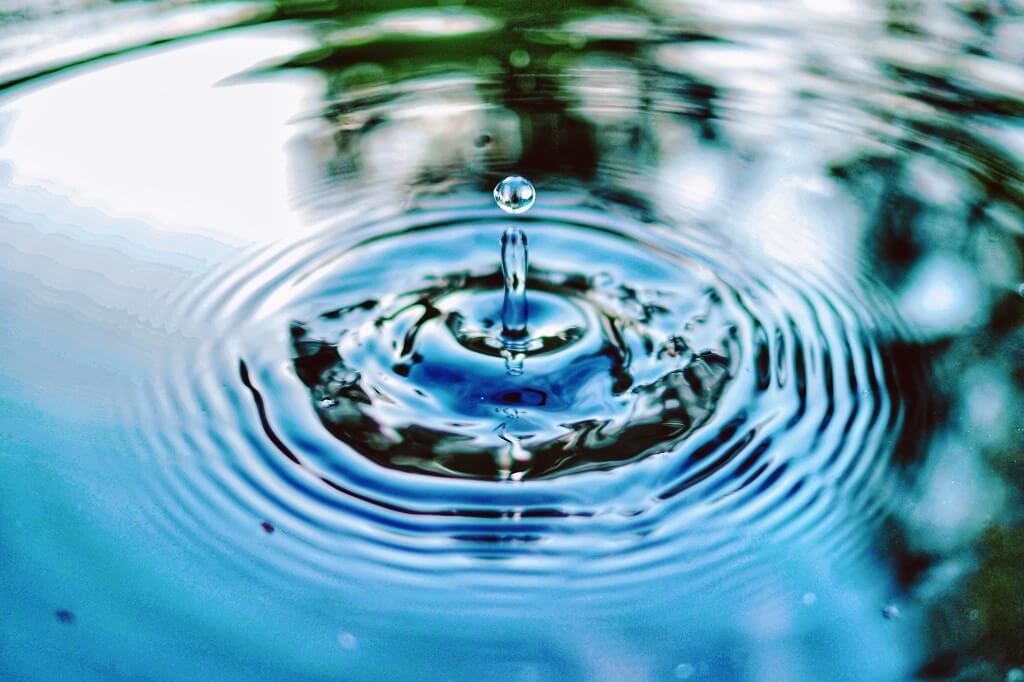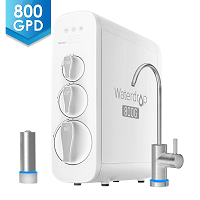PFAS continue to attract attention and cause concern as they have been detected in drinking water supplies across the country. According to the Agency for Toxic Substances and Disease Registry, the accumulation of PFAS in the human body can have negative health consequences. To protect Americans, especially the most vulnerable populations, from a lifetime of exposure to PFOA and PFOS from drinking water, the U.S. Environmental Protection Agency (EPA) has set a limit of 70 parts per trillion. In addition, the EPA has set a lifetime limit for PFOA and PFOS in drinking water at 70 parts per trillion (ppt). These are among the lowest limits ever set for contaminants.
What Are PFAS?
Per- and polyfluoroalkyl substances (PFASs), also known as perfluorinated chemicals or PFCs, are man-made chemicals consisting of over 4,000 different compounds. They are commonly found in liquid dispersions and formulated mixtures and are useful in a variety of industries.
Non-stick cookware, water and stain resistant surfaces, and products such as Teflon™ and Gore-Tex™, as well as other consumer products contain PFAS. They are also used to create a barrier between a fire and an oxygen source in aqueous film-forming foam (AFFF) or firefighting foam. PFAS are used in a variety of industries, including automotive, construction, electronics, and aerospace.
PFASs are classified as emerging pollutants. This means that while some studies have shown them to pose a risk to human health and the environment, toxicologists are currently learning more about their long-term effects.
Presence and Impact
Due to the continuous release of these chemicals into the environment caused by the manufacture and use of products containing PFOS and PFOA, they have been found to be widely distributed across all trophic levels. They have been detected in soil, air, surface water, groundwater, and drinking water wells across the country.
At least 610 locations in 43 states have been identified as affected, and more than 1,500 drinking water systems in the United States could be contaminated with PFOA, PFOS, and related chemicals as of March 2019.
The majority of consumers are exposed to PFAS, although their presence is gradually decreasing as manufacturers phase out their use. In contrast, people who live or work near facilities that manufacture PFAS have higher blood serum PFOS and PFOA concentrations than the general population. They are more likely to be exposed to these chemicals through their drinking water or by inhaling dirt and dust from around the plant. PFOA and PFOS are found in public water supplies, especially in regions near these plants.
How Do PFASs Get into The Water?
We can be exposed to PFASs in a number of ways, including using products containing PFASs or breathing PFAS-contaminated air.
However, PFAS contamination is most commonly found in water.
PFOA and PFOS can enter local drinking water supplies through a variety of pathways.
Perhaps you live near a factory that manufactures or releases PFAS chemicals as a byproduct.
You may also live near an airfield, military base, or oil refinery where surface runoff from firefighting foam containing PFOS or PFOA can contaminate water sources.
Surely you think these chemicals are completely removed from the water before it reaches your home.
How Can PFASs Be Removed from Water?
You will not be able to see PFOA or PFAS in your water, and you will not be able to taste or smell them.
Ion Exchange Systems
Ion exchange is another water treatment option to remove PFAS from tap water. An ion exchange system consists of a tank filled with an anion exchange resin, usually composed of insoluble hydrocarbons.
Reverse Osmosis Systems
A reverse osmosis filter system is widely regarded as one of the most comprehensive and versatile water filters available today.
In reverse osmosis, water is forced through a semipermeable membrane containing tiny pores about 0.0001 microns in size. PFASs come in a variety of sizes, but are usually much larger than the pores of the membrane and cannot be filtered with water particles.
PFOA and PFOS can be reduced by up to 90% with a reverse osmosis filter. The PFAS and hundreds of other trace contaminants in the water are removed by the reverse osmosis process, ensuring that only pure water comes out of your tap.
The RO water purifier is NSF 372 certified for lead-free materials, effectively preventing lead exposure at the source. The system also received NSF 58 certification, which states that it can reduce TDS levels by 90%, another important contaminant we want to eliminate. When the total dissolved solids (TDS) level is too high, it affects the taste and smell of the water. TDS can be removed from the water to get pure water without unpleasant taste or smell. The desalination efficiency of the Waterdrop G3 reverse osmosis system is over 90%. This is the most effective reverse osmosis system on the market!
The internal pump that increases water pressure is another innovative design, and the water flow of the under-sink filter can reach 400 GPD (gallons per day) when using composite filter elements. This is equivalent to one cup of filtered water in less than 12 seconds.




